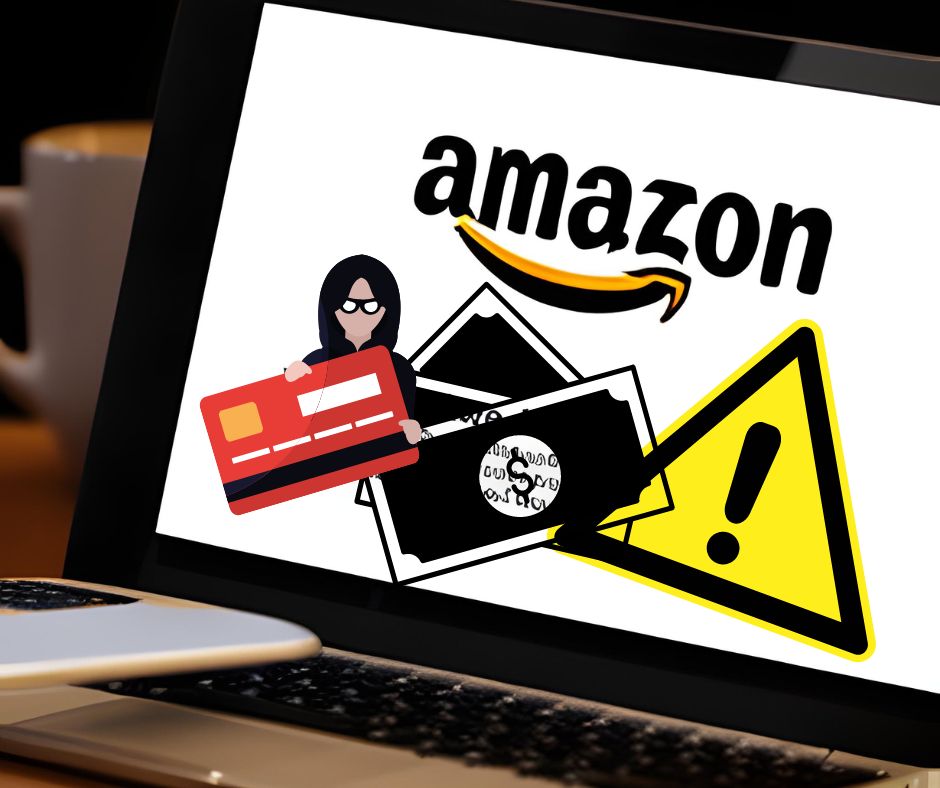One of the worst experiences for online shoppers is being scammed. It can have a significant impact on both shoppers and businesses – causing financial loss, trust issues, and requiring a lot of time and effort to deal with the aftermath of the scam. This can lead to decreased confidence in online transactions and a negative impact on the reputation of affected businesses. As one of the largest and most popular online marketplaces in the world, Amazon has become a prime target for scammers and fraudsters. In fact, according to reports to the Federal Trade Commission’s Consumer Sentinel Network, during the period of July 2020 to June 2021, out of the 273,000 reported cases of business impersonation, 96,000 were claimed to be related to Amazon. This indicates a significant increase of over five times in the number of reported cases related to Amazon impersonators during this period. They use various tactics to trick unsuspecting shoppers into handing over their personal and financial information, as well as their hard-earned money. In this article, we will explore some of the most common Amazon scams and provide you with tips on how to spot them and protect yourself from fraud.
What are Amazon scams?
Amazon scams refer to fraudulent activities that deceive Amazon customers and aim to extract money or personal information from them through fake products, phishing emails, fraudulent seller accounts, or malicious software. These scams pose serious risks to customers and require vigilance and caution to avoid falling victim to them.
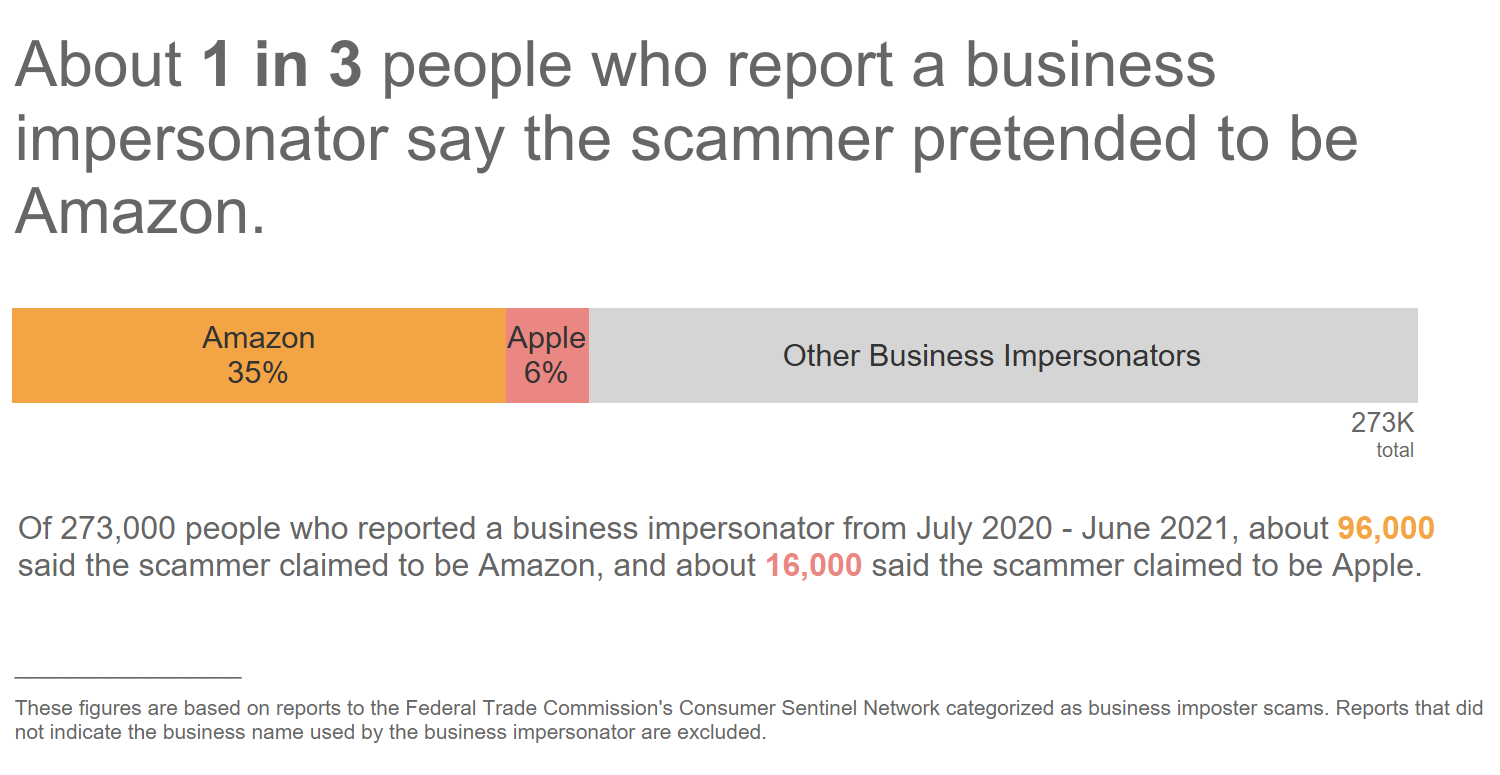
Various Amazon Scams
Phishing Scam
Phishing scams are one of the most common types of online fraud, and Amazon is not immune to them. In a phishing scam, scammers send emails or messages that appear to be from Amazon or other legitimate sources, asking you to provide your personal or financial information. They may ask you to update your account information, verify your identity, or confirm a purchase.
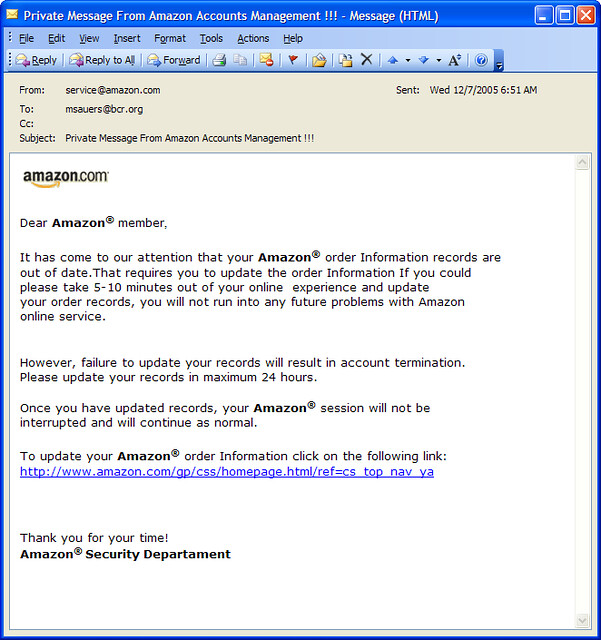
To avoid falling victim to a phishing scam, always check the sender’s email address or URL carefully, as scammers often use fake email addresses or URLs that look similar to the real ones. Also, avoid clicking on any links in the message, as they may take you to a fake website that looks like Amazon but is designed to steal your information. Instead, log in to your Amazon account directly and check your account status there.
Fake Reviews
Fake reviews are another common scam on Amazon, where scammers post positive reviews of their own products or negative reviews of their competitors’ products to manipulate the rating system. This can mislead buyers into purchasing products of poor quality or not as described.

Here are the signs that reviews may be fake on Amazon:
- Unusually large number of reviews are posted in a short period of time, especially if they are all positive and use similar wording.
- Reviews are all posted by new accounts with little to no other activity.
- Reviews seem overly promotional or include exaggerated claims about the product.
- Reviewer received the product for free or at a discount in exchange for a review, which may indicate bias and a lack of authenticity.
To get rid of fake reviews, always read reviews carefully and look for signs of authenticity, such as detailed descriptions, specific product features, and honest feedback. Also, check the reviewer’s profile and other reviews they have posted, as fake reviewers often have incomplete profiles or post only positive reviews.
Counterfeit Products
Counterfeit products are a serious problem on Amazon, as scammers sell fake versions of popular products that are often of poor quality and can even be dangerous. They may also use photos of real products or fake customer reviews to deceive buyers.
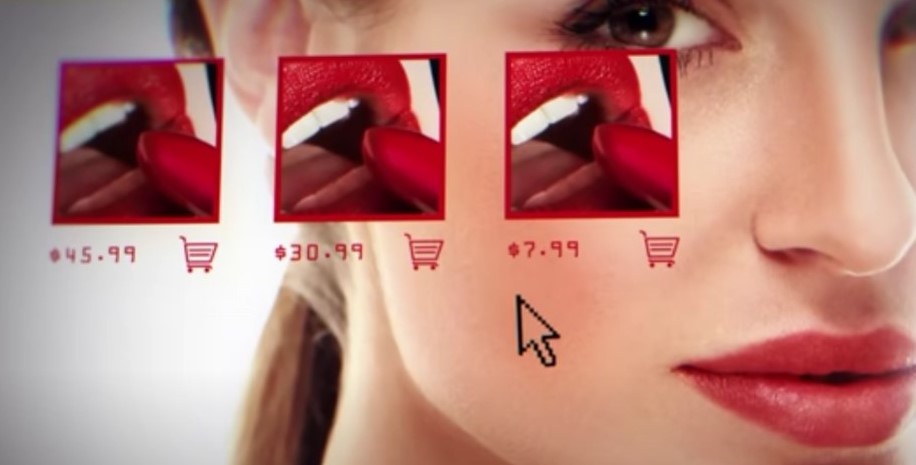
It can be difficult to tell if a product is counterfeit on Amazon, but there are a few signs to look out for. Here are some tips:
- Check the price: If the price seems too good to be true, it probably is. Counterfeit products are often sold at significantly lower prices than the original product.
- Look at the seller: Check the seller’s ratings and reviews to see if they have a history of selling counterfeit products. Be wary of sellers with little to no ratings or reviews.
- Check the packaging: Compare the packaging of the product to the original product’s packaging. If there are any misspellings or other differences, it may be a counterfeit product.
- Look for authenticity labels: Some products have authenticity labels or holograms that can be used to verify the product’s authenticity. Check to see if the product has any of these labels and verify their authenticity.
- Contact the manufacturer: If you are still unsure if a product is counterfeit, contact the manufacturer and ask them to verify the authenticity of the product.
Counterfeit products are harmful to both consumers and legitimate businesses. They are often produced using inferior materials and substandard manufacturing processes, which can result in poor quality and even dangerous products. Additionally, counterfeit goods undermine the intellectual property rights of legitimate businesses, resulting in lost revenue and decreased innovation. Eliminating counterfeit products protects consumers and ensures a level playing field for businesses.
Gift Card Scams
Gift card scams are another common Amazon scam, where scammers ask you to purchase gift cards and provide them with gift card codes, which they then use to make fraudulent purchases or transfer the funds to their own accounts. They may use various tactics to convince you to buy the gift cards, such as claiming that you owe money to the IRS or that you have won a prize.
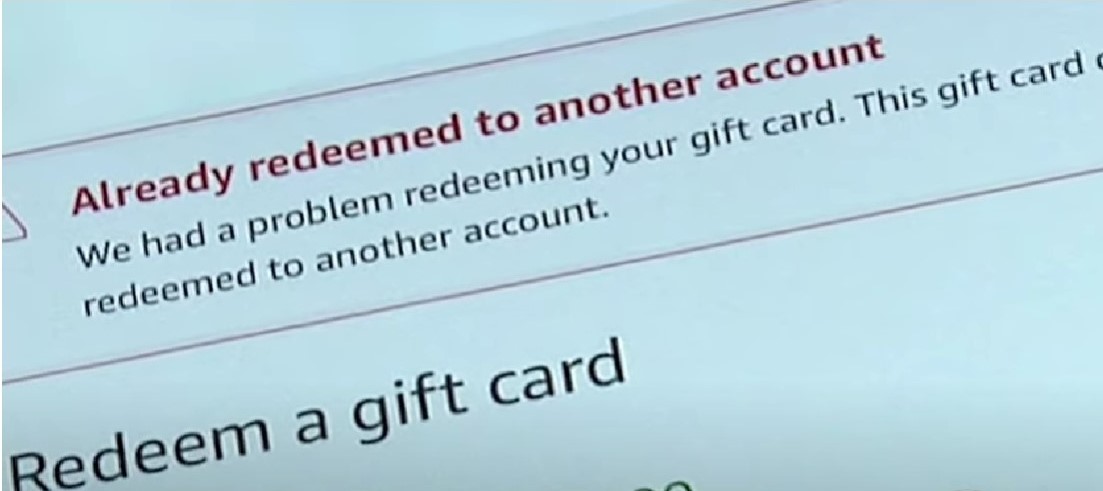
To avoid gift card scams, here are the things you should look for:
- Always be wary of unsolicited phone calls or messages asking you to buy gift cards or provide personal or financial information.
- Check the request’s source carefully and only buy gift cards from legitimate sources, such as Amazon’s official website or authorized retailers.
- Be wary of gift cards that are priced significantly lower than their face value. This could indicate that the gift card is fake.
- When you receive the gift card, check the activation code to ensure that it hasn’t already been used. If the code has been used, the gift card is likely fake.
Unwanted Subscriptions
Unwanted subscriptions are another Amazon scam, where scammers sign you up for recurring subscriptions without your knowledge or consent. They may use various tactics to trick you into signing up, such as offering free trials or discounts that require you to provide your credit card information.
Here are some ways to spot unwanted Amazon subscriptions:
- Check your email: Amazon will send you an email confirmation each time you subscribe to a service, so check your email for any unexpected subscription confirmations.
- Review your account activity: Go to “Your Account” on Amazon and review your order history. Look for any charges or subscriptions that you don’t recognize.
- Check your payment methods: Look at the payment methods listed on your Amazon account. If you see a payment method you don’t recognize, it could be a sign of an unwanted subscription.
- Look for subscription management options: Amazon has a subscription management page where you can view and cancel subscriptions. Check this page periodically to ensure that you are not subscribed to any services you don’t want.
If you do find an unwanted subscription on Amazon, cancel it immediately to avoid any future charges. You can also contact Amazon customer service for assistance with canceling subscriptions or disputing charges.
What should you do if you believe you’ve been scammed on Amazon?
- Contact Amazon customer service: Report the scam to Amazon’s customer service as soon as possible. They can help you with the next steps, including canceling any unauthorized transactions and refunding any fraudulent charges.
- Change your Amazon password: Change your password immediately to prevent the scammer from accessing your account.
- Review your account: Check your account history for any unauthorized purchases or changes. Make sure all of your personal information, including your name, address, and payment methods, is accurate.
- Check your bank account: Contact your bank or credit card company to report any fraudulent charges and dispute them if necessary.
- File a complaint: If you believe the scammer violated any laws, you can file a complaint with the Federal Trade Commission (FTC) or your state’s attorney general’s office.
- Be cautious in the future: Take steps to protect yourself from future scams, such as enabling two-factor authentication, avoiding suspicious emails or links, and verifying the identity of any third-party sellers before making a purchase.
Remember to stay vigilant and report any suspicious activity to Amazon customer service or your bank immediately.
